Brief History Of Ode-aye Area In Ikale Land In Okitipupa Local Government Of Ondo State

Ode-Aye is a town located on the northern area of Ikale land in Okitipupa local government of Ondo State, Southwest of Nigeria. Ode-Aye is on latitude 6.59°N of the Equator and 4.74°E of the Greenwich. The population of Ode-Aye is estimated at about 33,000 People.

Brief History Of Ode-aye
The town is inhabited by different tribes from Nigeria. These are: Ikales, Urhobos, Isokos, Ilajes, Ibos, Hausas, Efiks, Ibibios, Yorubas, Deltans and Edos.
The original ancestor of Ode-Aye people was named Danikin (which is pronounced Daniken in the local dialect) who is the son of Ooni of Ife. History relates that Danikin migrated from Ile- Ife to Benin during the time of Oba Osoluwa, father of Oba Esigie of Benin and grandfather of the 1st Abodi (Jabado) of the Ikales.
Soon after Danikin’s arrival at Benin, Oba Osoluwa sent him with an army to conquer the people of Iyodo who were causing trouble at that time and the expedition was successful. The Oba Osoluwa then rewarded Danikin with chieftaincy title thereby making him an important chief and personality in the kingdom. He was sent to live in Itsekiri country as he (Oba Osoluwa) thought the Itsekiri people may likely to rebel and that he would be able to subdue them.
After Oba Osoluwa’s death, his son Esigie was crowned as the next Oba of Benin and he waged war against his brother Aguaran at Udo. Aguaran later committed suicide and his people were driven far away to Idanre (Ondo). Part of them, however, escaped southward to the Ilaje region (Mahin) and took refuge with a chief named Alawe. Oba Esigie pursued them further and Alawe was driven towards Epe, he was killed at a place called Emina. Danikin was part of the commanders of Esigie’s army during this war.
When the 1st Abodi of the Ikales, Jabado left Benin, Danikin accompanied him and he was given land at Ipoke (Between Gbekebo and Ojuala). He was made the Oloja (i.e. the substantive head) there. He stayed there for a number of years and he travelled with all his people up the Oluwa and ominla rivers as far as Imobi where he settled and made village later turned town. Imobi (meaning ibi mo mo obi i.e where I know kola tree plant). Danikin prospered and multiplied. He had many followers and became the first( 1st) Oloja of Imobi. His real name, Danikin Olamipokiki was used as the title of his Olojaship. It was the name been shortened as“Lapoki”till date.
Danikin Lapoki worked in places like Epewe, Imoboro, Olu- Agbo, all along river Oluwa. He established a market at Igbaje a short distance from Imobi. People from Itsekiri used to come to this market to buy commodities/articles. It was as a result of these that the information about Danikin’s prosperity and popularity filtered into his eldest son Logbemuwa’s ear and he decided to visit his father Danikin Lapoki at Imobi.

History Of Ode-aye
Not quite long, Danikin Lapoki’s eldest son Logbemuwa by name who had remained in Itsekiri land came to visit his father at Imobi after he heard the news of his father’s prosperity at Imobi. He travelled with many Itsekiri followers to look for his father, with many canoes loaded with salt, European cloths, earth wares, cowries, beads and many more. When Danikin Lapoki heard of the coming of his son, Logbemuwa at Igbaje, meanwhile, he, Logbemuwa got stranded at Ilu-Agbo which is translated as ( where we had stop). When Danikin Lapoki heard of the coming of his son, meanwhile, at this time Danikin was very old and weak but summoned courage to go and meet his son on the way, but as a result of old age, he grew tired in the course of walking along the east bank of the river Oluwa to meet him (Logbemuwa). On arrival at Epewe, however, his strength failed him, being an old man, and when he discovered that he cannot continue and about to give up the ghost, he took his Abenren-(the Benin ceremonial sword) and drove it into the ground. He fell down and died at that spot, his sword can still be seen buried in the roots of a kola tree which has grown from the seed used by the people for sacrifices. For no one was able to pull it out from where it stuck to the ground. He was buried at Epewe.
Logbemuwa was made the Oloja after the death of his father Danikin, and he assumed the next Lapoki title- the Oloja of the town at Imobi. He built a town at Igbaje and established the first Ikale Market there; people came from far and near to buy commodities brought from Itsekiri nation. History made us to know that on his way from Itsekiri nation to Ikale, Logbemuwa stayed for a while at Itebu Elero on the Ofara River, and he left some of his people there on his departure. The descendants of the people he left behind called themselves Ilajes today, they as well are forbidden from eating fowls as the Ode- Aye people and they worship same malokun (sea goddess).
It was also Logbemuwa that first introduced cowries into Ikale region. He called the town Igbaje because it was a place of trade and wealth; and after many year of prosperity, he died. His juju (charms) can be seen today near the bank of Oluwa River.
After the death of Logbemuwa, his son Ojaranmuwa, succeeded his father and became the next Oloja Lapoki. Nothing spectacular could be remembered to have taken place during his reign as Oloja other than he built on the progress of the Igbaje market. He died and was buried at Igbaje.
The death of Ojaramuwa Lapoki brought the reign of Oloja Olagbokun. He moved from Igbaje to a place called Ode Ojido near Igbaje. He died and was buried there. His son Ajiborode ascended the throne as the next Oloja. And after his death, his son Olaaroye became the next Oloja of Ode Ojido, and after him his son Akinjokun, became the next Oloja.
Oloja Akinjokun Lapoki left Ode Ojido and settled at the present town of Ode-Aye. He died soon after his arrival there and his body was taken to Ode Ojido for burial .He was the last Oloja to be buried at Ode Ojido. Oloja Akinjokun had two sons: Akinluwa and Ehinminorin, there was serious tussles between Akinluwa and Ehinminorin both of them laid claimed to the title of the Oloja after the death of their father. The matter was taken to Oba of Benin and the Oba decided that the senior son Akinluwa should assume throne as the next Oloja and that Ehinminorin should hold the title of Petu which is the order coming from the resolution made by Oba of Benin. He also decreed that in future, the arrangement should be that Ehinminorin and his descendants should hold the Olojaship title alternately with the Akinluwa’s descendants.
Oloja Akinluwa outlived Ehinminorin and on his death, Ehinminorin’s son named Ogungbemi was chosen as the next Oloja. He was unwilling and in fact was not allowed to use the title of Lapoki and when the matter was referred to Benin where he requested to be allowed to revive the old title of Halu which was originally known as Salu which had been held previously by one man. The story was that after Danikin Lapoki had left Benin with the 1st Abodi, one of the wives of the Olu of Itsekiri was seduced and was sent packing by Olu from his house. She then followed Danikin to Imobi and a son came through her there. The newly born baby was given the name Mosaolu meaning (I ran from Olu). His mother became slave to one of Danikin’s chief named Ijagbo, and when he died, the boy Mosaolu assumed his name Ijagbo (Mosaolu Ijagbo) who was later made chief by Danikin with the title of Salu a coinage from Mosaolu (now pronounced as Halu in Ode-Aye dialect).
The Oba of Benin granted Ogungbemi’s request and he became the Oloja Salu of Aye. On his death,the title of Oloja was reverted to Akinluwa’s dynasty and his son Olokungbajo was made the Oloja Lapoki. While the Olokungbajo Lapoki was the Oloja at Aye, the present town of Ikoya was built by Abodi Ikugbayigbe and the first Ikale-Ondo war broke out known as Ogun Lapatija or Fagbi. It started at Aye. The victories over these wars and others accounted for why Aye people are forbidden from eaten fowls/chicken and the reasons why Aye people do worship Oluwa river goddess-(Oluwamobi). This was due to protections and safety provided by these deities to Aye people in the course of the wars.
Oloja Olokungbajo died at Ode-Aye and was succeeded by the son of the late Oloja Ogungbemi Salu. His name was Obakeru the next Salu of Aye. During his time an Ijaw man named Ekewu lodged complained to the head of the Ondos at Aye named Pameji that his wife had been seduced by one Lakoto an Ondo man, this later resulted into disputes between the Ondos and the Ijaws at Aye. There was reinforcement of Ijaws from Igbobini and they subdued the Ondos thereby sent them packing from Ode-Aye town at that time. Though Some Ijaws were killed and prominent Ondo man named Labelese was killed. A peace meeting was held presided by one Idepe Chief and the Ondos were convicted of wrong doings, fined and peace restored.
Oloja Obakeru died at Ode-Aye, he was succeeded by Akinsuroju Lapoki, son of the late Oloja Olokungbajo. The first event of importance in Oloja Akinsuroju Lapoki’s reign was the last and most serious war between the Ikales and Ondos. The war was known as Ogun Olayeye. About five years later, in February, 1895, District Commissioner Rohrweger arrived in Ikale nation and after he returned to Lagos; a Police Inspector, Tom by name visited Aye. It was the time the Okute traditional festival was been observed.
Note: It is forbidden to beat the drums during this ancestral festival. Meanwhile, the Inspector came with some people that were beating drums. People became apprehensive and scared, Tom explained, however, that he had come on a peaceful mission with a message from Government and the Oloja Lapoki then quickly summoned the people at the front of the shrine of Oluwamobi. There, Inspector Tom told the people and the chiefs that the Whiteman regarded human sacrifices and slavery as absurd and was displeased with it, that henceforth, the activities must cease. And that all roads must be safe for travelers including strangers.
Two years later, Major Ewart visited Ode- Aye from Lagos. He reiterated his displeasures at human sacrifices and slavery. He told Oloja Akinsuroju to cut a road to the boundary of his land-Otapenna market between Aye and Ajuwe (Ondo). Subsequently, Captain Ambrose and Major Tucker visited Aye owing to the fact that Lapoki had been regarded as important chief as at that time. In 1904, another sets of white man named F.P Pinkett and Brown visited Aye to meet Oloja Akinsuroju Lapoki to request for timber concession which was granted. The Lapoki gave Brown permission to cut Mahogany trees on the Oluwa, Akerun, Isunrin rivers, an agreement was reached that Brown should pay certain amount not specified here on every tree fell, part to government and some parts to Lapoki in form of compensation. Though misunderstanding ensued, detailed cannot be explained here, but was resolved.
In the middle of the year 1928, Oloja Akinsuroju Lapoki died after many years in office and Oloja Adesulure, (The Salu of Aye) succeeded him. The death of Oloja Adesulure brought the reign of Oloja Adekuoroye Lapoki who ascended the throne. The death of Oloja Adekuoroye, then the Oloja Akinlalu Salu (Halu) became the next Oloja. His death- Oloja Akinlalu Halu ushered in the reign of Oloja Martin Olowu Akinsuroju as the Lapoki of Aye Kingdom. During the reign of Oloja Martins O. Akinsuroju the royal title of Oloja was changed to Obaship in 1979. The death of Oba M. O. Akinsuroju brought to the throne the present Oba, Oba Williams Akinmusayo Akinlade the Halu of Aye kingdom in the year 2004. Henceforth, there have been two ruling houses in the Town. These are: Lapoki and Halu.
The traditions and cultures of the people of Aye is typical of the Yoruba cultures. The ancestral traditional festivals of Aye people are: Okute festival where beating of drums is forbidden for a period of time in the year, Masquerades festivals (Ilumale), Ogun festival, Etadun festival, Eje festival and Oluwamobi festivals.
Aye people are predominantly farmers and other professions you can think of. The major cash crops are: Palm Oil plantation, Rubber, Cocoa, Kolanut, Oranges, Cassava, Yam, plantain, Maize, Vegetables, Fruit crops, e t c. The common foods are: pupuru, (cassava flour), pounded yam, yam, Gari, Rice among others.
The surrounding villages in the suburbs are: Igbaje, Igboluwoye, Imoboro, Agbabu, Omotoso, Batedo, Gbotalota, Abusoro, Lafe-Lepa, Olowo, Irokin-Oko, Ladawo, Odojomo, Okerisa, Igoloye, Igbo-Odofin, Igorisa, Lumeko, Ojokodo, Ago-Oloja, Oke-Oluwa e t c.
Source by Ikale Tv.
TRENDING!!!
-
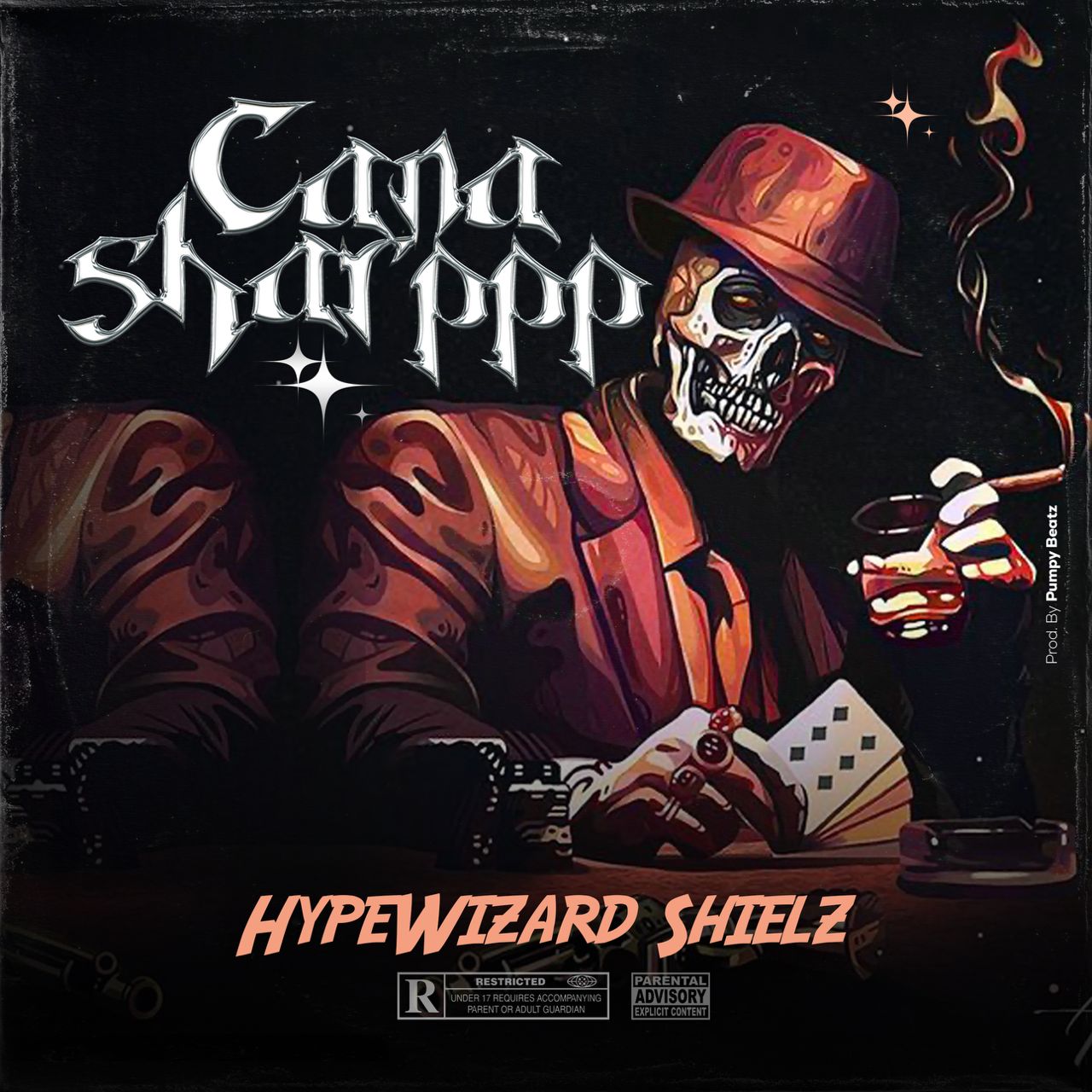 HypeWizard Shielz – Cana Sharppp
HypeWizard Shielz – Cana Sharppp
-
 Frank TJay – Destiny (feat. Wyper)
Frank TJay – Destiny (feat. Wyper)
-
 Davido – Funds ft. ODUMODUBLVCK & Chike
Davido – Funds ft. ODUMODUBLVCK & Chike
-
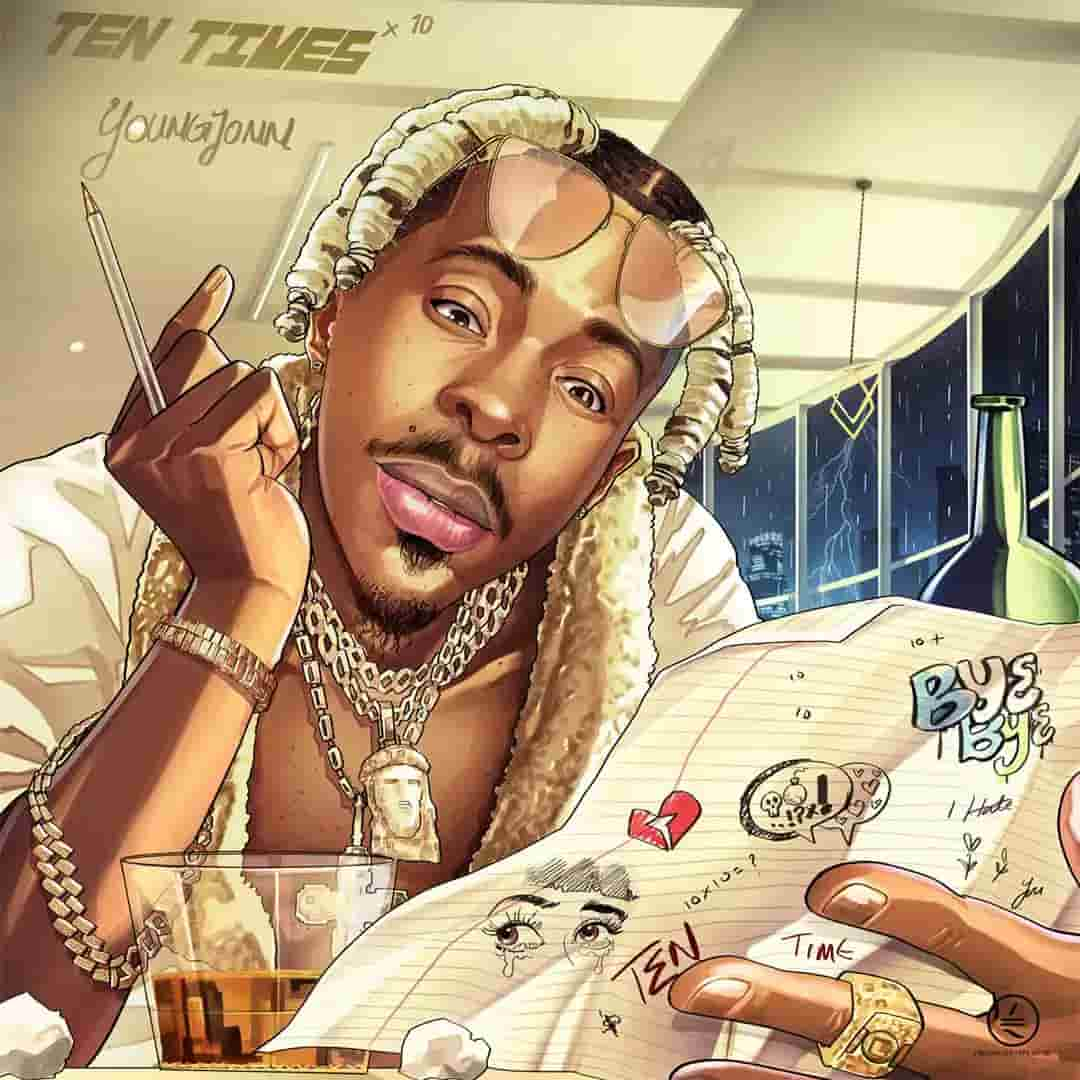 Young Jonn – Ten Times
Young Jonn – Ten Times
-
 FOLA – Bye Bye
FOLA – Bye Bye
-
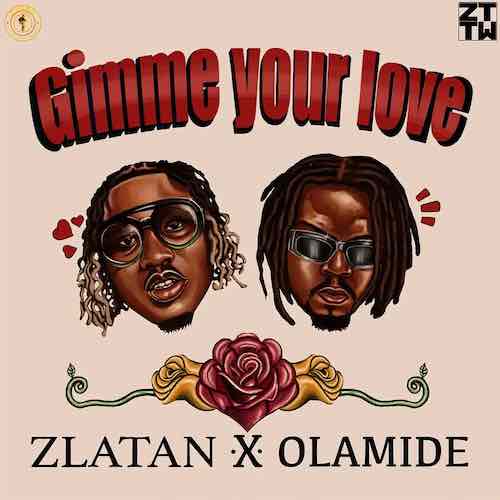 Zlatan Ft. Olamide – Gimme Your Love
Zlatan Ft. Olamide – Gimme Your Love
-
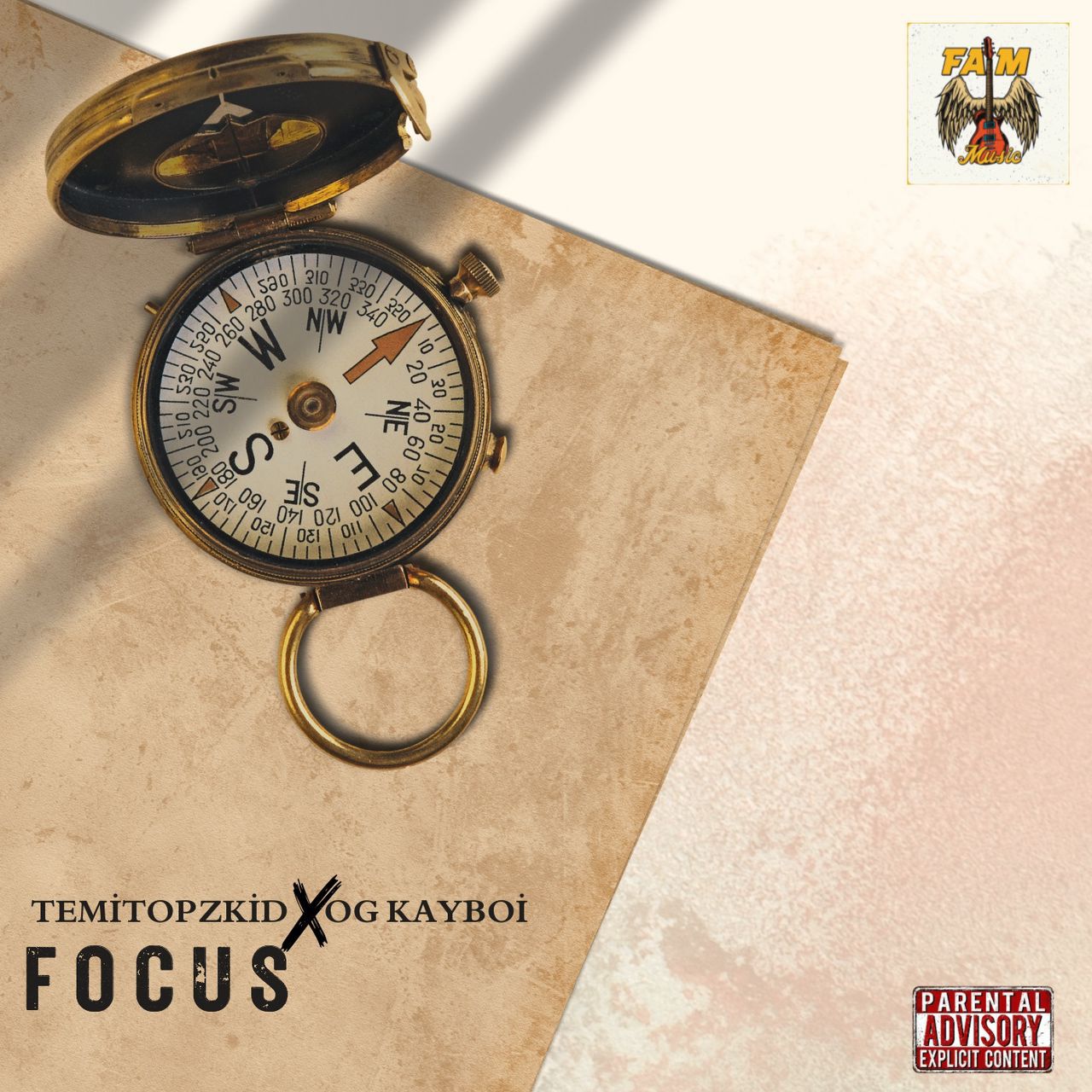 Temitopzkid Ft OG Kayboi – Focus
Temitopzkid Ft OG Kayboi – Focus
-
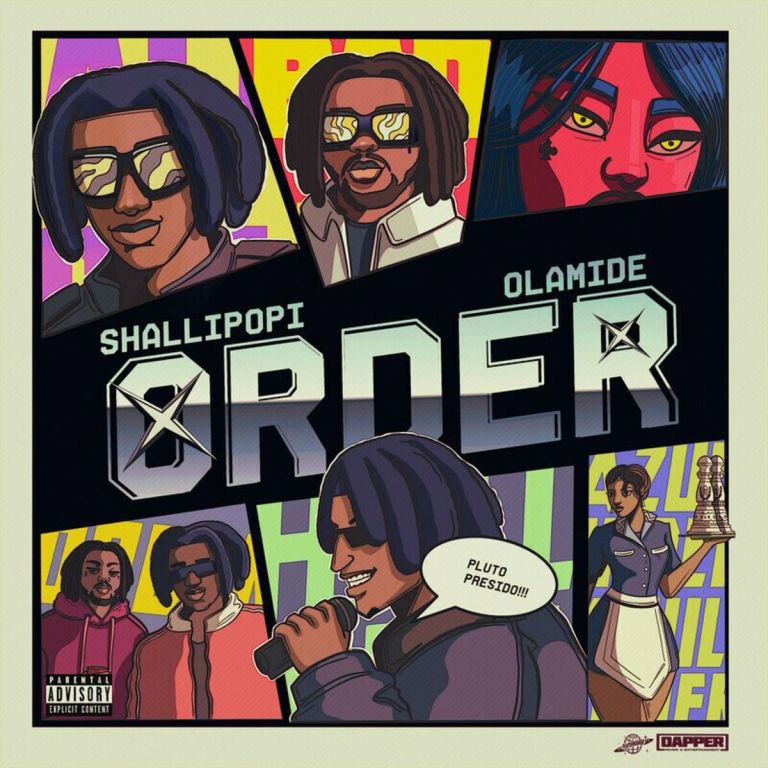 Shallipopi Ft. Olamide – Order
Shallipopi Ft. Olamide – Order
-
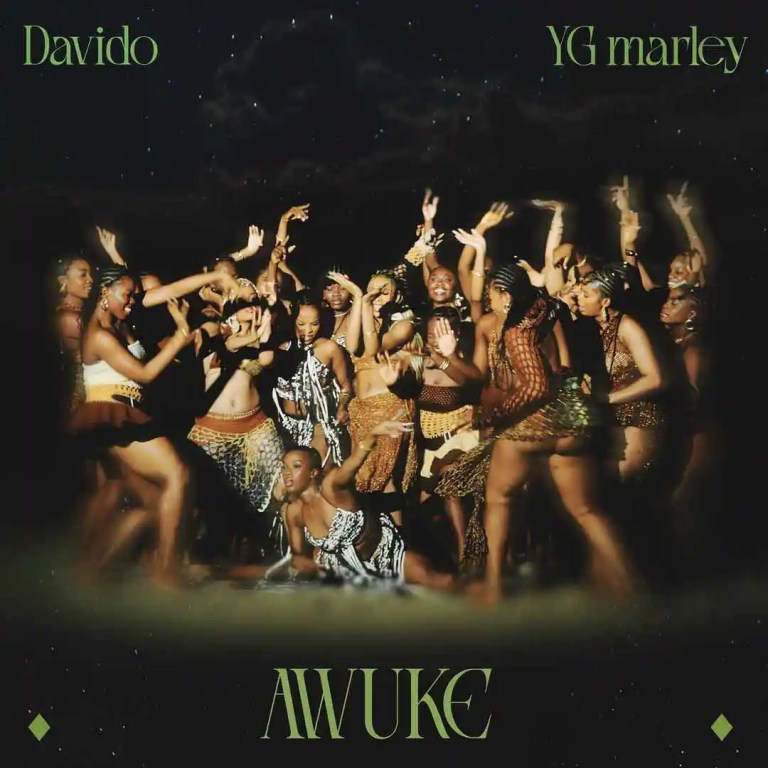 Davido Ft. YG Marley – Awuke
Davido Ft. YG Marley – Awuke
-
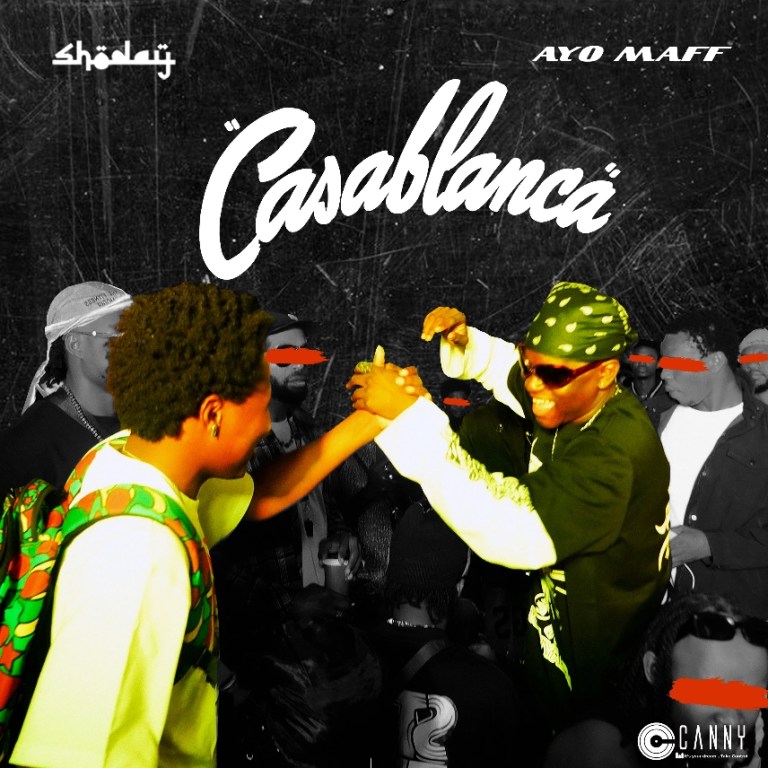 Shoday Ft. Ayo Maff – Casablanca
Shoday Ft. Ayo Maff – Casablanca
-
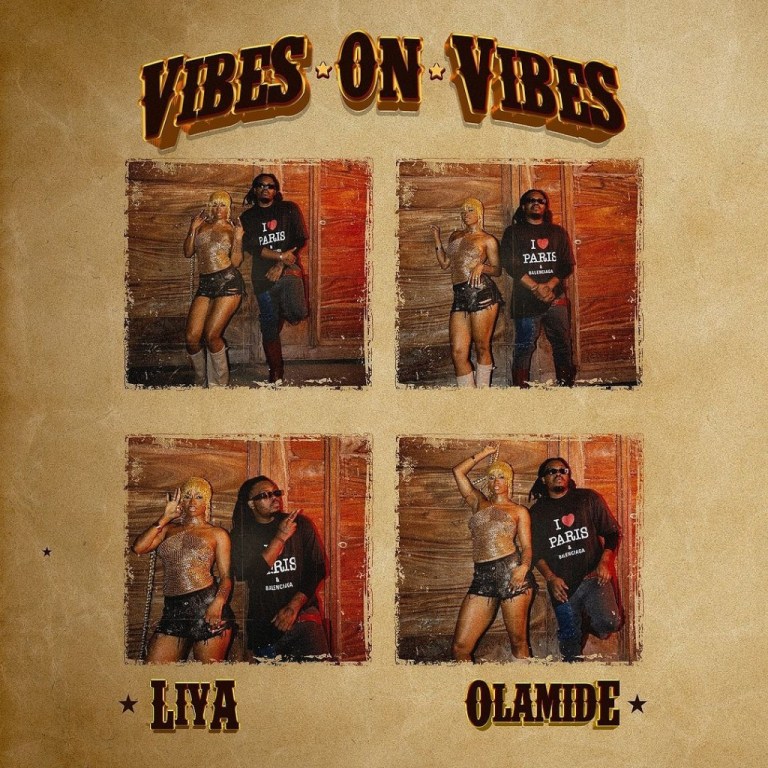 Liya Ft. Olamide – Vibes On Vibes
Liya Ft. Olamide – Vibes On Vibes
-
 Magixx – Lemme Know
Magixx – Lemme Know
-
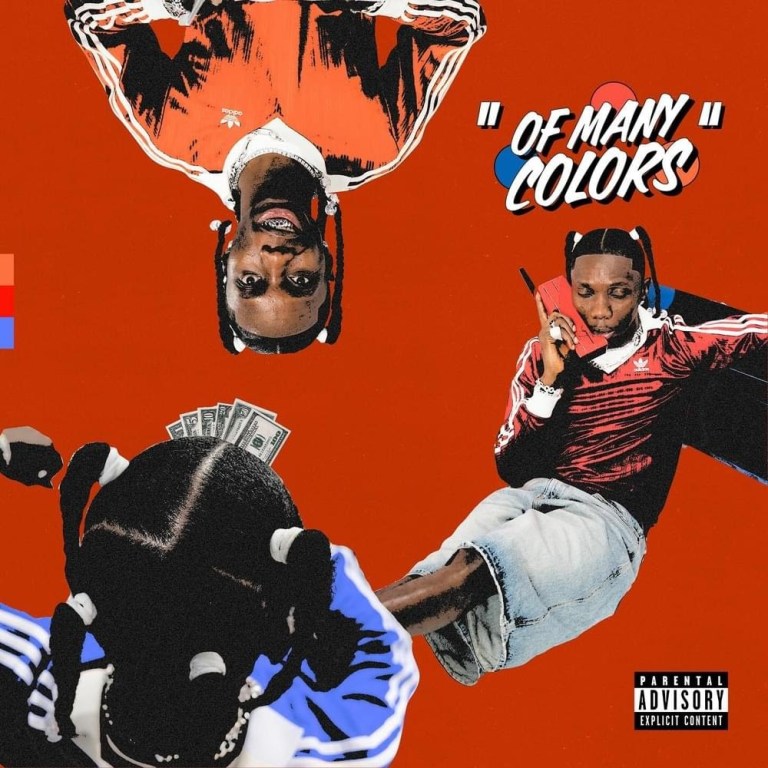 Blaqbonez – Louder
Blaqbonez – Louder
-
 Setty J – Gara
Setty J – Gara
-
 Setty J – Vibe Feat. Bims
Setty J – Vibe Feat. Bims





